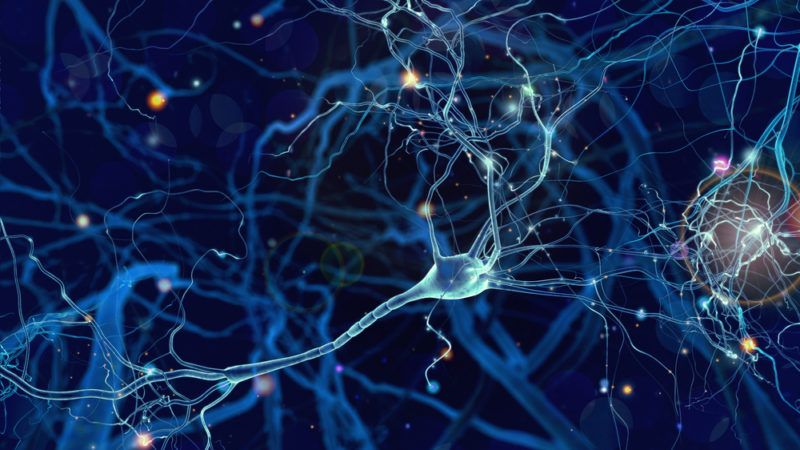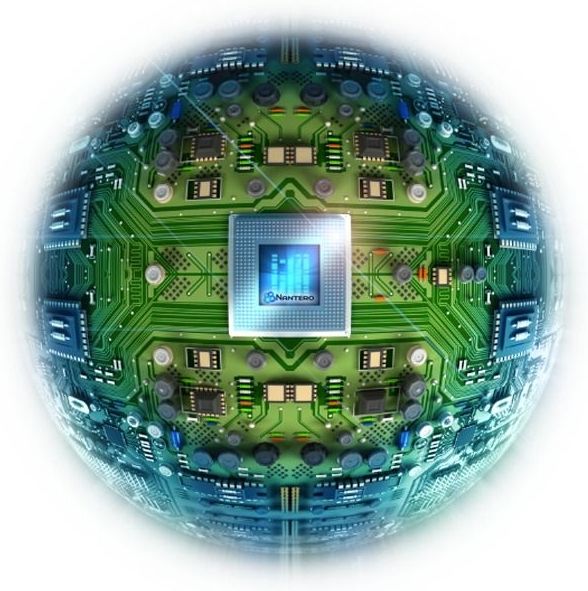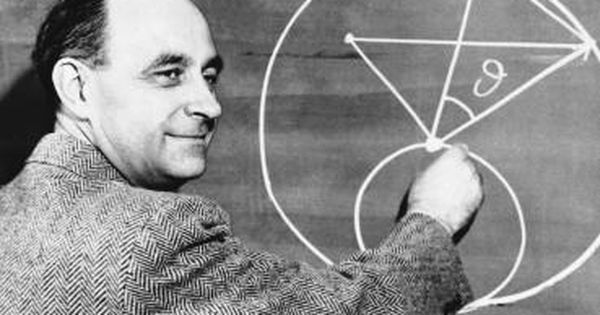Today, we want to draw your attention to a recent study showing an association between the accumulation of Tau proteins, which are misfolded proteins that typically indicate Alzheimer’s disease and senescent cells.
Unfortunately, this journal paper is hidden behind a paywall, as is 70% of scientific data; this is an unacceptable situation for science and the sharing of knowledge. However, thanks to the work of Sci-Hub, a website that bypasses paywalls and offers free access to all scientific papers, you can read it without spending a dime.








